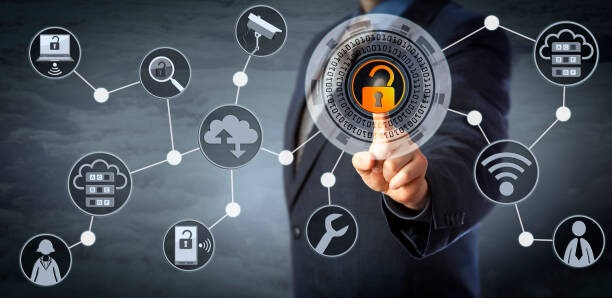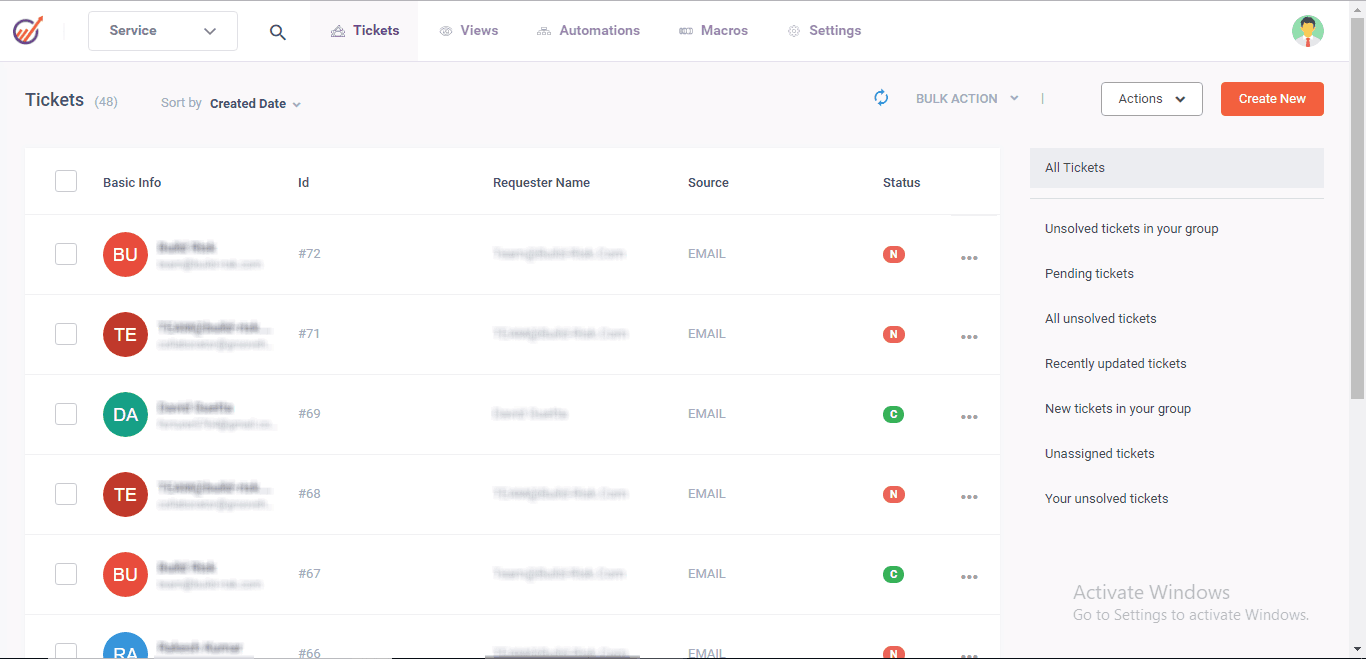Understand the difference between identity management vs authentication with this informative guide. Learn how these two concepts play a crucial role in securing your online presence.
Today, lives are interwoven somewhat with the digital world. You conduct many transactions online. Buying and paying for goods occurs largely online nowadays. With this convenience of doing everything online also comes challenges.
Some of these challenges include issues with identity theft and impersonation. Aware of these risks, businesses are striving to keep their clients safe. Companies are trying to protect their reputation. Identity management and authentication are one-way companies use to ensure they are dealing with real people. You, therefore, need to understand what these terms mean.
They are your safety key to digital interactions. While they may sound intimidating, they are elements you have already interacted with. Read on to understand how these terms are different.
Identity Management Vs Authentication
Convenience and Vulnerability
First, it’s agreeable that digital is a double-edged sword. It enables users to enjoy convenience. But it also predisposes people to a lot of vulnerabilities—talk of shopping, entertainment, and socialization. Going digital has changed all these. Today, you don’t need to be physically present at an entertainment joint. You can socialize with people worldwide as you enjoy the sunset in your garden.
Cybersecurity, however, threatens this beauty. Data breaches and cyberattacks are the order of the day today. So before you think of where to get the best identity authentication service online, understand it. The need for strict security measures is, therefore, an understatement.

With the knowledge that online is both sweet and bitter, read on to understand why identity management and authentication are vital.
Understanding Identity Management
Treat your online identity as an interconnection of everything you do online. This way, it will be easier for you to understand identity management. Identity management is similar to having a guardian who guards you with much vigilance. This guardian watches over all your digital data. They carefully curate and preserve all details that define you online.

Identity management goes beyond creating a digital identity. It involves synchronizing all your digital data. Your identity, in this case, also includes your access permissions. It entails your particulars. Identity management also encompasses designated roles. It acts like a virtual passport that allows you to enter specific management systems.
It’s a strategy organizations use to regulate who can enter their digital confines. Identity management also helps businesses to limit the number of people who enter their systems. You can only do what a certain online administrator can do in their digital confine.
Authentication
You’d be so right to regard authentication as your digital gatekeeper. A digital gatekeeper gives you safe access to places you need to enter. Authentication does the same in the online world. It acts like your identity card as you enter secure places.
You need authentication to prove that you are who you claim to be. You can access specific resources and enter specific areas by confirming you are the right person. In simple terms, authentication ensures that only persons with specific user rights can enter certain realms.
Authentication procedures vary. Traditional passwords and personal identification numbers are traditional modes of authentication. Authentication can also be innovative. For instance, biometrics like the use of iris scanning and voice identification.
Facial recognitions are also innovations around authentication. Anytime you log into your email account and input a password, you undergo authentication. You are protecting your account from unauthorized intrusion.
How Does Identity Management Differ from Authentication?
Digital security is crucial in the ever-evolving digital world. Anyone online should know how to protect themselves and their interests. The first step to achieving this is understanding identity management and authentication.
Focus
The first difference between identity management and authentication is that identity management focuses on crafting. It zeroes in on sustaining and sustaining all your digital identities. It, therefore, encompasses many attributes and access rights. On the other hand, authentication is instantaneous. It is the process of confirming a person’s identity. It only transpires when you need to access certain sites or resources.
Function
Identity management is an ongoing activity. It is the constant management of identities. Identity management includes creating, modifying, and even deleting identities. The main reason behind identity management is to wield authorized access rights. In contrast, authentication is singular. It only happens when a user needs to access a resource. Authentication only momentarily validates one’s identity.
Access Management
Identity management is designed to create control over access rights. These access rights could be on digital assets. They are usually founded on the roles and permissions of the users. Authentication is different. It helps certify an individual’s identity before conferring the individual access to specific systems and resources.
Complexity
Identity management is more intricate. It is holistic and touches on access policies, user designations, and identities. All these happen within an organizational ecosystem. Authentication is simpler than identity management. It simply involves validating the user’s biometric data or credentials.
The Intersection of Identity Management and Authentication
While identity management differs from authentication, these two don’t work in isolation. They work harmoniously differently. Their harmony only fortifies your digital security.
In the identity lifecycle, identity management guides the entire process. Also, it guides digital identity creation, evolution, and dissolution as users navigate an organization’s jurisdiction. Authentication here comes in when an individual needs to interact with a system. Besides this, it ensures that only the right person accesses proper resources.
Identity management is the mother of the protocol. Also, it dictates who can traverse specific corridors of an organization’s digital territory. Authentication is also invaluable here. Moreover, it guarantees that no one breaches these set organizational barriers.
Conclusion: Identity Management Vs Authentication
The digital terrain is changing with speed. As this happens, you have the right shield and defense—-identity management and authentication. As identity management oversees your access rights and digital identities, authentication validates these identities. Also, it permits relevant access.
Besides this, these two pillars guarantee your safety. As you continue to embrace the vast digital space, understanding identity management and authentication becomes a must. Moreover, they are the guarantee to your digital safety anyway.



